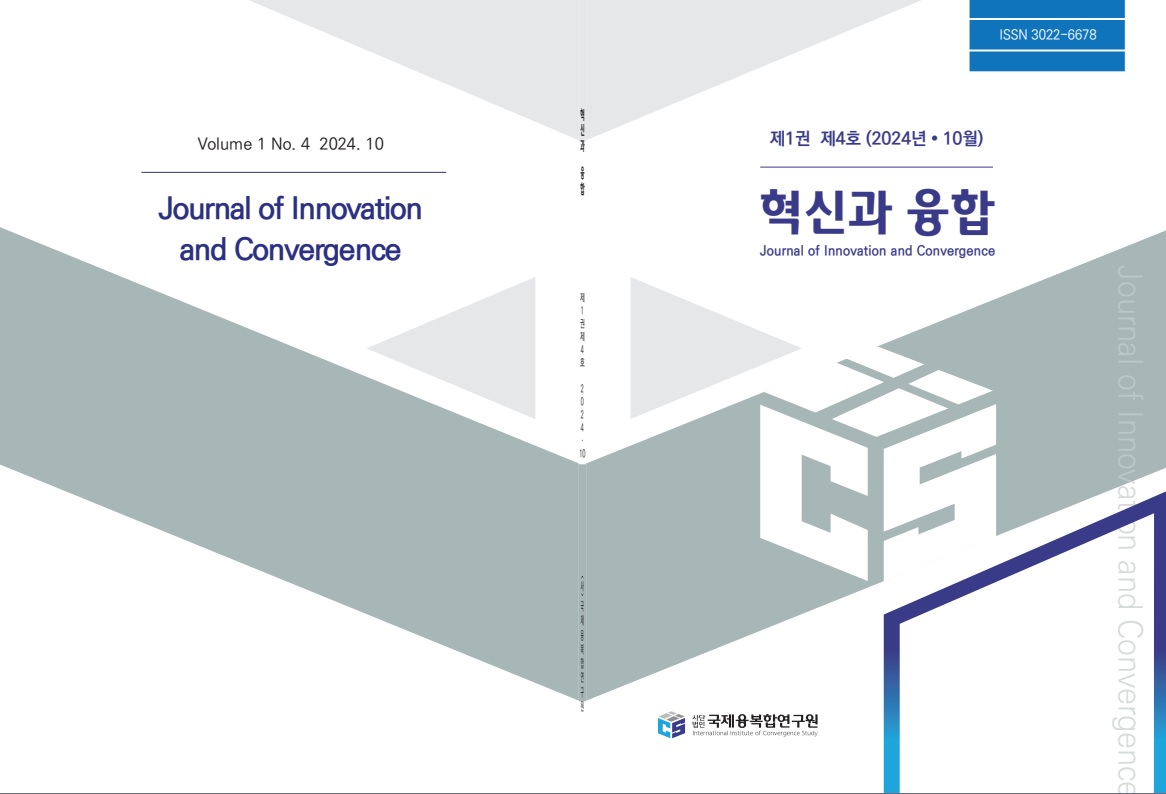현대 연극에서 전통 연기 기법과 즉흥・체험 훈련의 융합에 대한 고찰: 스타니슬라브스키와 체홉을 중심으로
A Study on the Convergence of Traditional Acting Methods with Improvisational and Experiential Training in Contemporary Theatre: Focusing on Stanislavski and Chekhov
저자
고병정
수록페이지
p.1-21 (21pages)
조회수
9
다운로드
0
- 창간연도
- 2024년 1월
- ISSN
- (Print)3022-6678 , (Online)3022-6643
- 수록권호
- 제2권 2호 (통권 6호)
- 발행일
- 2025.04
- 수록논문
- 2 articles
- 유형
- 학술저널
- 주제
- 사회과학, 자연과학, 예술체육학, 복합학
- 발행기간
- 2024.01 ~ 2025.04
- 발행주기
- 연 4회(계간)
- 총 권호 수
- 6 volumes
- 총 논문 수
- 37 articles

키워드
전통 연기 기법, 스타니슬라브스키, 체홉, 즉흥 훈련, 체험 기반 연습Traditional Acting Methods, Stanislavski, Chekhov, Improvisation Training, Experiential Practice
초록
본 연구는 현대 연극 현장에서 전통 연기 기법이 어떻게 재해석되고 즉흥적・체험적 훈련과 어떤 방 식으로 결합되는지를 고찰하는 데 목적이 있다. 특히 스타니슬라브스키와 체홉의 핵심 원리를 중심으로, 현대 배우들이 무대 위 진정성과 순간성을 어떻게 구현하는지 탐색하였다. 연구 방법으로는 스타니슬라 브스키와 체홉의 원전 분석, 현대 즉흥 연기 이론서 검토 등의 문헌 연구를 실시하였다. 또한 “해밀턴”, “더 페리맨” 등 최근 10년간의 현대 공연 사례를 중심으로 실천 기반 연구(practice-based research) 와 참여 관찰법을 활용한 사례 분석을 병행하였다. 연구 결과, 전통 기법과 현대 훈련의 융합은 단순한 기 술적 혼합이 아닌 연기 예술의 ‘진실성’과 ‘현존’을 심화시키는 방향으로 이루어지고 있음을 확인하였다. 이러한 융합적 접근은 배우에게 분석적 이해와 직관적 반응, 내면적 몰입과 외적 표현, 텍스트 충실성과 즉흥적 창발성을 균형 있게 통합할 수 있는 능력을 부여한다. 또한 무대와 객석 간 ‘살아있는 교감’을 강화 하여 공연을 더욱 ‘현재적 사건’으로 만드는 효과가 있다. 향후 VR・AR 등 새로운 기술을 활용한 체험 훈 련 연구, 다양한 문화권의 전통-현대 기법 융합 양상 비교, 융합적 훈련이 배우의 심리적 안정감과 표현력 에 미치는 영향에 관한 실증적 연구, 그리고 디지털 네이티브 세대를 위한 새로운 융합 훈련 모델 개발이 필요함을 제언한다.This study examines how traditional acting methodologies are being reinterpreted and merged with improvisational and experiential practices in contemporary theatre. By investigating key concepts such as Stanislavski’s ‘magic if’ and ‘emotional memory’ and Chekhov’s ‘psychological gesture’, the research explores how modern actors enhance authenticity and immediacy on stage. The methodology combines literature review— analyzing original texts by Stanislavski and Chekhov along with contemporary improvisation theory—with practice-based case studies of recent productions including ‘Hamilton’ and ‘The Ferryman’, utilizing practice-based research approaches and participant observation. The findings reveal that the convergence of traditional techniques and modern training deepens the fundamental principles of ‘truthfulness’ and ‘presence’ in acting rather than merely combining techniques. This integrated approach enables actors to balance analytical understanding with intuitive responses, internal immersion with external expression, and textual fidelity with improvisational emergence. It also strengthens the living communion between performers and audience, transforming performances into more immediate and engaging events. Future research should explore experiential training using new technologies like VR and AR, compare traditional-modern technique fusion across diverse cultural contexts, empirically investigate the effects of integrated training on actors’ psychological stability and expressiveness, and develop new convergent training models for digital native generations.
 (사)국제융복합연구원
(사)국제융복합연구원